Originally published in The Australian Financial Review, December 6 edition.
Anyone who doubts that UN climate meetings can reshape and recharge actions back in Australia should reflect on the 2015 Paris Agreement – which has quickly become the standard by which our climate laws, policies and corporate actions are judged.
As COP28 in Dubai approaches the half-way point, we can already see some likely ramifications for the speed and manner of decarbonisation efforts in Australia.
It’s true that, despite a surprisingly strong start, formal negotiations are now grinding slower than hoped in search of required unanimity on key final conference decisions. This is also not unusual ahead of political ministers and leaders arriving for the final week.
However, a wide range of announcements backed by various “coalitions of the willing”, from governments and business, have already emerged. A number of these – though not all – are highly relevant for Australian policy-makers and businesses.
These follow last month’s auspicious “Sunnylands” joint statement by the US and China on “cooperation to address the climate crisis”, which helped set the stage for a productive COP.
One key take-home message for Australian policy-makers from COP28 announcements so far is this – decarbonise the economy fast, because other countries are moving quickly, and they aim to reap the market and national benefits of doing so.
It’s now clearer than ever that we must redouble efforts to cut emissions in hard to abate industries, as well as rapidly growing our clean energy infrastructure and industries.
Australia’s decision to sign on as one of 36 founding member countries of a long-awaited G7-endorsed Climate Club launched at COP28 is a welcome sign in this regard.
The Climate Club – which will have an interim OECD and International Energy Agency secretariat – aims “to make decarbonised industrial production the default business case”, with an initial focus on steel and cement.
In similar vein, the COP Presidency and Bloomberg Philanthropies have launched the Industrial Transition Accelerator to speed decarbonisation across heavy-emitting sectors, including energy, industry, and transportation.
These announcements from COP28 – made in tandem with Australian-backed pledges to triple the rate of renewables deployment and double the rate of increase in energy productivity – make it clear that it’s ok to be hard to abate, but it’s no longer acceptable to be hard to motivate.
Reforms to the Safeguard Mechanism, though they should be deepened and broadened, position Australia well to address industrial emissions.
The government’s annual climate statement released last week showed that the Safeguard Mechanism will be the biggest driver of emission reductions out to 2030, surpassed only by the increase in renewables, and will drive an increasing rate of at-source decarbonisation.
There have also been significant preliminary breakthroughs at COP on the international carbon markets front, which align with measures by the federal government to further bolster the Australian carbon credit regime.
Two respected independent, international integrity review bodies – one focused on ensuring credit production and the other on credit use – have announced they will merge their expanding integrity frameworks to give companies confidence about their purchase and use of international carbon credits.
By ensuring the integrity, transparency and liquidity of international carbon markets, and bringing together the emerging patchwork of integrity initiatives, this will help to channel vast amounts of finance towards high-integrity decarbonisation and climate projects.
The World Economic Forum for example, has estimated that global voluntary carbon markets can grow in value from just over US$1.2 billion today to over US$50 billion by 2030. Other studies estimate more.
The carbon markets announcements emerged on the COP28 Finance Day, which also saw breakthrough commitments to recast aspects of international financial architecture to better assist developing and climate change-vulnerable countries.
Pleasingly, Australia has supported these recasting efforts.
But we still need clarity about the contributions the Australian government will make to key funding mechanisms such as the Green Climate Fund and the Loss and Damage Fund. Many other countries have already announced new contributions to these two funds, and Australia should make its intentions clear on these and reforms to the Morrison Government Indo Pacific Carbon offsetting Scheme.
We already know from the global stocktake process that this COP could be the last chance for a course correction to limit temperature rise to 1.5 degrees.
Whether that happens remains to be seen – and we probably won’t know for sure until it’s clear whether the COP prompts countries to commit to strong national emissions reduction targets for 2035 that align with 1.5 degrees.
In Australia’s case, we already know for certain that the array of policies, laws, and financing tools implemented so far – while a big step forward – aren’t sufficient.
They are starting points, not destinations. Much more needs to be done to ensure we avoid being complicit in failure, and instead play our proper part in the fight against climate change.
John Connor is Chief Executive Officer of the Carbon Market Institute and was Executive Director of the Fijian COP23 Presidency Secretariat.


